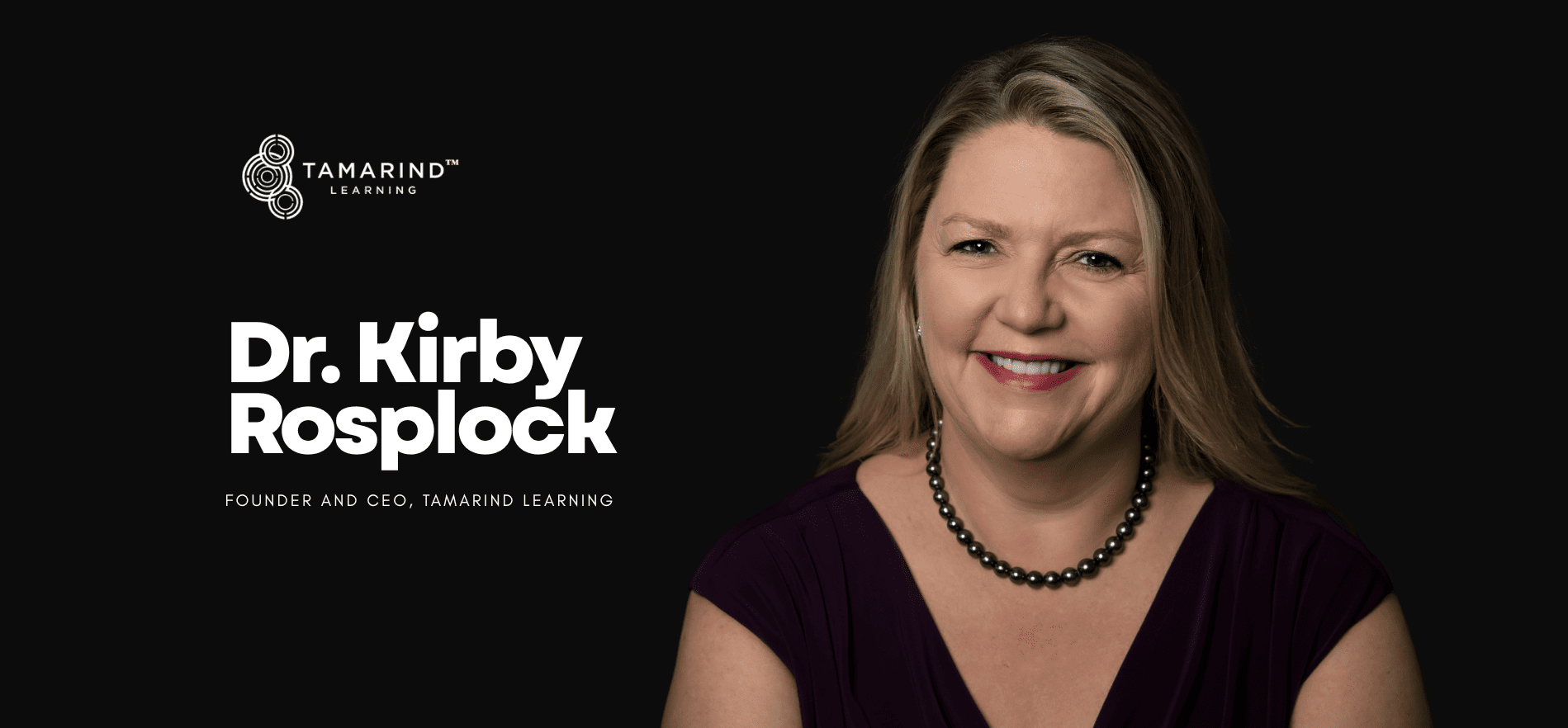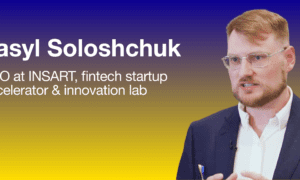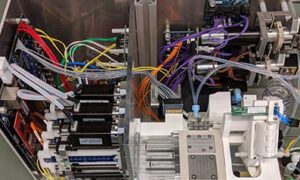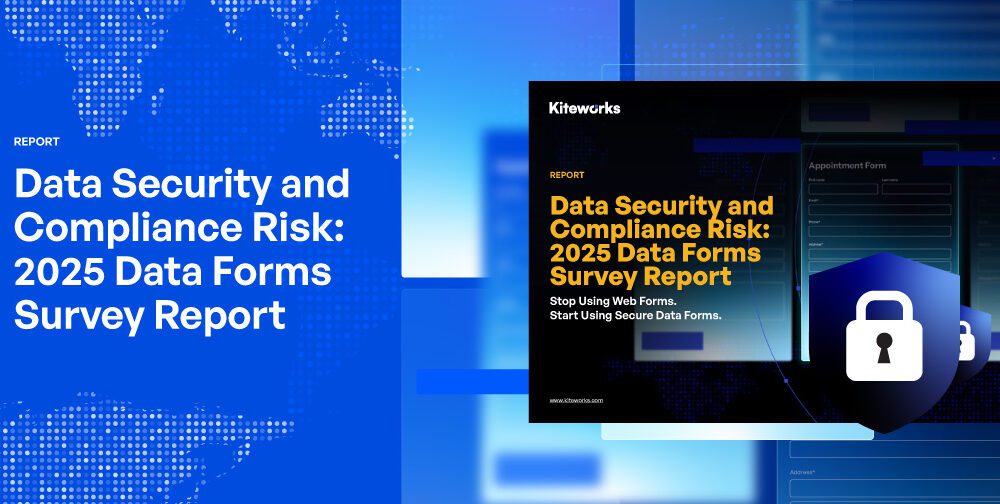Kirby Rosplock is the CEO of Tamarind Partners and the CEO and Founder of Tamarind Learning – an edtech platform revolutionizing wealth education through immersive, self-paced courses that empower the next generation of inheritors and family members to become confident, informed wealth stewards.
Rosplock’s career is dedicated to researching and advising family offices. Born into a complex enterprising family, she understands firsthand the critical needs of owners and the challenges they face. As a recognized industry thought leader, world-renowned speaker, lauded author, and trusted advisor, Rosplock works closely with family owners, family office executives, and advisors to help them navigate the complexities of wealth and governance.
Her areas of expertise include determining who should consider forming or joining a family office and how to design a structure, purpose, and vision that fully align with a family’s unique needs and investment goals. Whether you’re a wealth creator, a family member contemplating forming or joining a family office, or a professional exploring a career in this growing segment of the wealth management industry, Rosplock is one of the foremost authorities in the field.
She proudly serves on the board of the Family Office Real Estate Institute, is a Fellow of the Family Firm Institute (FFI), and a co-trustee of the Harbeck Family Foundation. She is also a frequent speaker, author, and research collaborator on topics related to the family office and family enterprise.
To start, can you tell us your name and share a bit about your background and what inspired you to found Tamarind Learning?
I’m Dr. Kirby Rosplock, founder & CEO of Tamarind Learning and Tamarind Partners. I grew up in an enterprising family and later spent decades advising families and family offices. In that time, I noticed that while many had excellent advisors, the rising generation often felt unprepared.
Tamarind Learning, a digital learning platform, exists to change that through our Accredited Beneficiary Stewardship (ABS) program, a 10-course curriculum for beneficiaries, trustees, spouses, and advisors, and personalized by StewardAI™. I wanted to create a learning environment that felt safe, encouraged thoughtful reflection, and empowered people to see wealth as a source of opportunity rather than insecurity. Too many heirs grow up without the knowledge or skills to manage the wealth they inherit.
How would you describe Tamarind Learning’s model and what makes it distinct?
Tamarind Learning is an AI-enabled, multimodal digital learning system built for inheritors and trustees. Learners begin with a diagnostic and have access to StewardAI™ to augment and personalize the learning experience. Our ABS coursework converts knowledge into competence through quizzes, homework, and reflections.
Advisors and institutions use dashboards to monitor progress and track results. For families, it’s about readiness and confidence; for institutions, measurable engagement and retention. We focus on applied learning that delivers meaningful outcomes for families as they prepare future owners and leaders.
You have described seeing a major blind spot in how wealth, leadership, and legacy were passed on. What was the key insight?
Structuring wealth isn’t the same as building capable future owners of wealth. The urgency is clear, about $83–$84 trillion will transfer over the next 20–25 years, with the largest portion in the Americas. The first transfer will be horizontal, between spouses, as women typically outlive men by 6-7 years.
Most families only discuss wealth during an occasional family meeting or trust review, but it’s crucial to build competence and confidence – which takes time and practice. Families need accessible, on-demand education long before any major wealth transfer events.
Why is education, rather than solely financial advice or governance frameworks; the missing link in resilient, multigenerational wealth?
Advice and structures only work when owners understand decision rights, fiduciary duty, and financials. Research from Family Office Exchange shows that education is often underfunded relative to impact, while Northern Trust studies reveal that rising-generation leaders want hands-on, practical training and earlier transparency around succession.
If you’re planning a transition, it’s crucial to integrate learning into governance from the start so that capability grows alongside authority. Education, which is inextricably linked to successful transitions, has long been approached informally or inconsistently. Tamarind Learning provides a proven, structured, and accessible solution for success.
Tamarind Learning combines digital learning with deep family office advisory expertise. How does your platform blend academic rigor with the personal and emotional sides of legacy?
Our academic rigor comes from collaborating with leading global experts, while our curriculum integrates the emotional and social dimensions of wealth through real and fictionalized case studies. With Tamarind Learning, users practice applying what they’re learning to real-world scenarios.
We pair experiential and applied learning – assessments, reflections, and capstones – with modules on values, identity, and trustee–beneficiary relationships. StewardAI™ functions like a just-in-time resource, helping learnings clarify complex topics and allowing advisors to track their progress through secure, branded portals. The result is head-and-heart learning families can thrive with and institutions can track. If for advisors or banks, the white-label option delivers this experience as part of client services.
Many next-gen inheritors are highly educated yet feel unprepared. What blind spots do you see, and how do you address them?
We consistently see gaps in understanding trust documents, fiduciary duty, risk management, investment/financial statements, and governance basics like board readiness or advisor collaboration.
Tamarind’s ABS program directly targets these areas through applied modules and advisor-supported cohorts, helping learners build confidence as they build competence. Our initial diagnostic also identifies key growth areas and personalizes each learner’s journey from the start.
Family offices have been resistant to innovation. How will technology transform engagement over the next decade?
We’re shifting from one-off seminars to integrated, personalized learning systems that fit within the broader wealth-tech ecosystem. Institutions and family offices increasingly want education with analytics, while families want secure collaboration and personalized learning paths.
Tamarind’s roadmap includes AI, adaptive modules, and enterprise integrations – tools that will make education as essential to the wealth stack as reporting and planning.
Education and transformation are hard to quantify. How do you measure impact once families engage?
Our programs equip rising generations, siblings, and spouses to thrive while strengthening alignment with advisors and financial goals. At Tamarind, we help families build long-term capabilities, the true measure of multigeneration success.
On the technology front, advisors can track completions, quiz scores, homework, and observable behaviors: better questions in meetings, cleaner administration, fewer avoidable errors. Advisors see dashboards; families see steady movement on readiness rubrics; institutions see engagement data that ties to retention.
You grew up in an enterprising family. How has your experience shaped Tamarind Learning and your leadership?
I grew up in a complex family enterprise – one we didn’t really talk about. That silence showed me how easily members of the rising generation can miss critical context, skills, and confidence. Later, through my consulting work with affluent families and family offices, and writing The Complete Family Office Handbook, I saw the same pattern repeated across many families: bright, capable heirs without practical ways to learn stewardship.
I built Tamarind Learning to change that – for my own children and for others. Our programs turn real-world family enterprise challenges into accessible, interactive learning to build judgment, not just knowledge.
As a leader, I value clarity over complexity, transparency over silence, and measurable outcomes over good intentions.
With the Great Wealth Transfer underway, preparation is no longer optional. Families must start educating beneficiaries about ownership, responsibility, and governance; Tamarind Learning exists to help them do just that.
Looking ahead, what will define the most successful family offices and wealth owners—and how will education and leadership shape that future?
The most successful will be learning organizations. They’ll invest in developing owner capability, pair governance with succession and education, and align learning to mission and measurable outcomes.
With $83.5T trillion set to transfer to younger generations, preparation is non-negotiable. For families, that means starting now. For advisors and institutions, it means delivering scalable, trackable education. For collaborators and investors, it’s an opportunity to modernize the infrastructure of stewardship and how we prepare the next generation.
Sources for validation (select)
- Global Wealth Report 2024 — size, timing, and regional pattern of transfers; importance of horizontal (spouse-to-spouse) transfers.
- Northern Trust: Engaging the Rising Gen (2024) — rising-gen priorities for practical training and early transparency.
- Tamarind Learning Pitch Deck (2025) — ABS structure, StewardAI™, dashboards, and white-label capability.
- NYT / Cerulli — U.S. wealth transfer magnitude and near-term velocity.



































